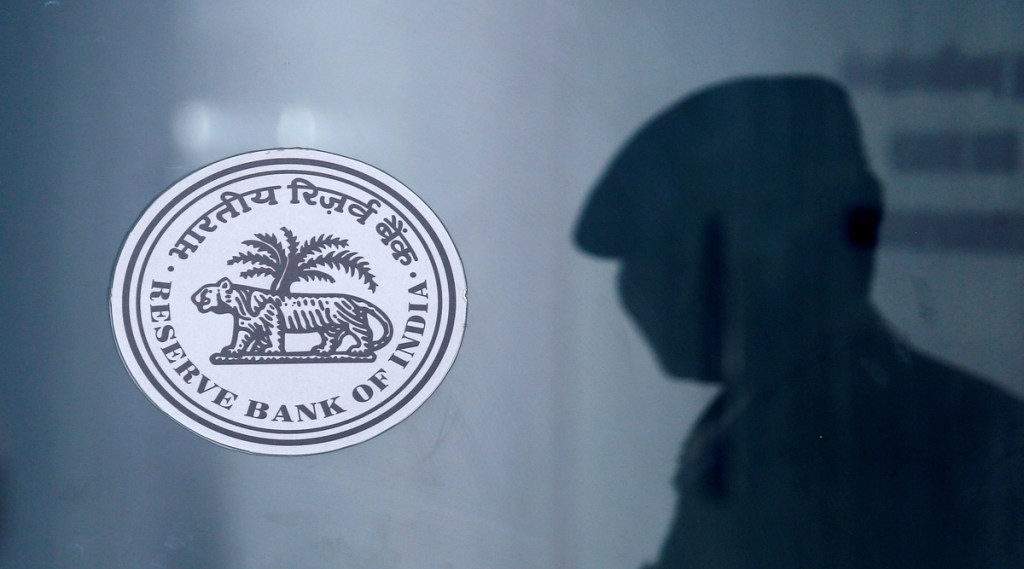With the US Federal Reserve announcing a faster than expected rate hike cycle and domestic bond yields soaring, the Reserve Bank of India will be under pressure to fast-track monetary policy normalisation in the ongoing MPC meeting. In the monetary policy committee meeting, which was postponed by a day to start from February 8, the six-member team will likely discuss hiking the reverse repo rates even though the timing of hikes remain unclear. RBI, like other central banks across the globe, has taken an accomodative monetary and credit policy during the pandemic and its aftermath, to keep liquidity flowing and support economic growth. That may have to come to an end now.
Would RBI follow the lead of other central banks?
There are two factors playing around – first, the high borrowings announced by the government, and second, US Federal Reserve chair Jerome Powell’s announcement that the US might hike rates earlier than expected and the frequency of rate hikes will also increase, NR Bhanumurthy, Vice Chancellor of Dr BR Ambedkar School of Economics University told Financial Express Online. “And unlike the past, rate hikes will follow the tight conditions in the money market. Previously policy rates provided lead to money market interest rates. This time it’s the other way round, RBI might have to follow the market conditions,” he added. RBI has kept its repo rate unchanged from almost two years at 4%.
“Monetary policy normalisation has begun in many countries. This trend will gather momentum in 2022 with participation of systemically important central banks, like the Fed, BoE, and the ECB,” QuantEco Research told Financial Express Online. “While country specific factors do exist, there is some degree of co-movement in growth-inflation conditions across economies, because of which monetary policy rates also cannot remain out of sync for a long period of time,” it added.
The research firm said RBI will likely normalise the policy rate corridor, and eventually consider a repo rate hike. However, the expected change in the central bank’s policy stance would reflect normalisation of domestic economic activity, rather than peer pressure, it added.
Pressure from domestic money markets
Apart from macroeconomic conditions, the central bank will also have to act on pressure building up in the domestic money market. Bond yields have been rallying since December. Between December 31 and last week, the yield on 10-year G-Secs has risen from 6.47% to as high as 6.9%. Following the government announcement of higher than expected market borrowing for the next fiscal of Rs 14.3 lakh crores, domestic bond yields touched 6.9% hitting levels last seen in July 2019.
SBI Research said considering the large size of market borrowings for next fiscal and with no progress on the inclusion of Indian debt market in the global bond indices, the onus will be on the central bank to trade-off between liquidity normalisation or rate adjustment. “We believe the time is now appropriate to go for a 20 bps hike on reverse repo rate, but outside the MPC meeting as enshrined in the RBI act that clearly lays down that reverse repo is more of a liquidity management,” according to the note published Monday.
“Tightening global financial conditions and upside risks to inflation has to prompt fastrack policy normalisation,” Upasna Bhardwaj, Senior Economist at Kotak Mahindra Bank said. While we believe that a one-shot 40bps hike in reverse repo rate in the upcoming policy should be undertaken to bring the policy to normalcy and provide clarity, the recent negative sentiment in the bond market post the Budget could postpone the decision to the April policy,” she added.
SBI Research said in this situation the larger question is the blurring of debt management and liquidity management operations of RBI. This again raises the question of whether debt management functions of the RBI needs to be separated from monetary management, the research firm added.

